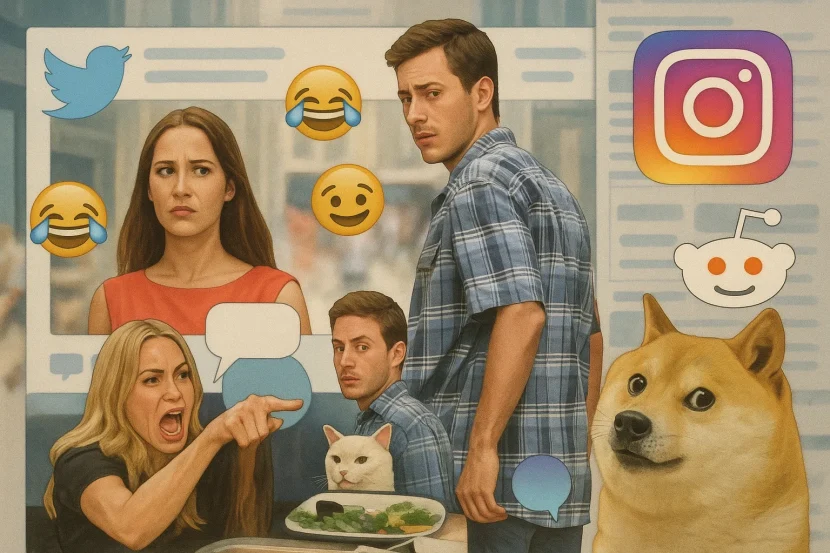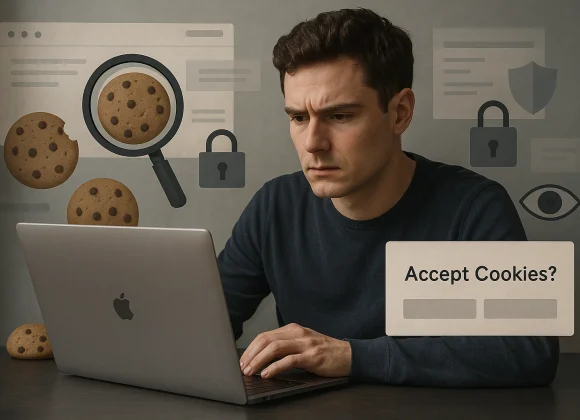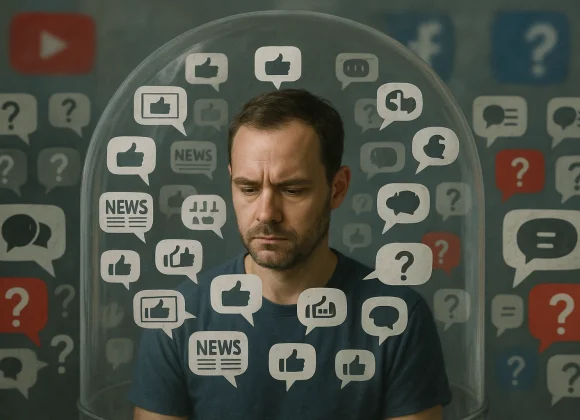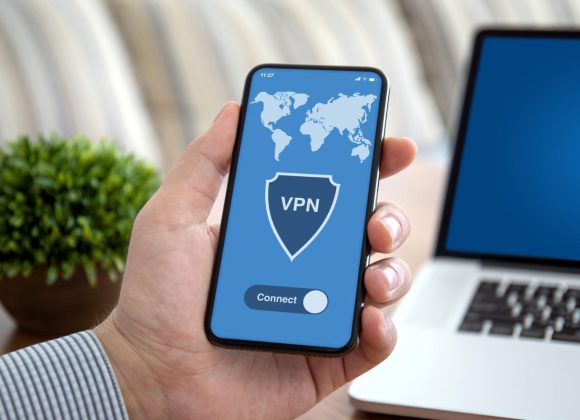If you’ve ever laughed at a cat doing something ridiculous on Instagram, shared a viral joke, or used a funny GIF to reply in a group chat—you’ve interacted with a meme. But what exactly is a meme, and how did it become such a big part of the internet?
What Is a Meme?
A meme (pronounced meem) is a piece of content—often humorous—that spreads rapidly online through sharing, remixing, and imitation. Memes can be images, videos, phrases, GIFs, or even hashtags. They’re a form of digital expression that evolves with each user who shares or edits it.
The term “meme” was first coined by biologist Richard Dawkins in his 1976 book The Selfish Gene, referring to ideas or behaviors that spread culturally—much like genes spread biologically. The internet simply turbocharged this process.
Common Meme Formats
- Image Macros: Funny text over a popular image (e.g., “Distracted Boyfriend”)
- GIFs: Looping animations that express emotions or reactions
- Video Memes: Clips from shows, TikToks, or movies repurposed for humor
- Text Memes: Phrases like “No one: Literally no one: Me at 3AM…”
Memes often rely on inside jokes, pop culture, or relatable moments to connect with people.
How Memes Shape Online Culture
1. Communication
Memes have become a language of their own. People use them to react, comment, and express emotions in ways that plain text can’t.
Example: A single SpongeBob GIF can convey sarcasm, frustration, or excitement without a single word.
2. Social Commentary
Many memes reflect what’s happening in society—politics, current events, or everyday struggles. They offer quick, clever takes that spread faster than traditional media.
Think of memes about working from home during the pandemic or fuel price hikes—they travel across social feeds, shaping public conversation.
3. Community Building
Memes unite people with shared experiences or humor. Whether it’s students joking about exams or gamers laughing at a glitch, memes create belonging in digital spaces.
4. Virality and Trends
Memes fuel trends. From “Woman Yelling at a Cat” to “Drakeposting,” viral formats take over platforms like Twitter, Reddit, and Instagram—then fade or evolve into new ones.
Memes in Marketing and Media
Brands now use memes to connect with younger audiences. Meme marketing, when done right, feels authentic and relatable. Entire Instagram pages and YouTube channels are now dedicated to creating meme-based content.
Example: Netflix, Zomato, and Duolingo have mastered meme-based branding on social platforms.
But Not All Memes Are Harmless
While many memes are fun, some can spread misinformation, stereotypes, or hate. Because they’re easy to share and often stripped of context, memes can be misused. It’s important to think critically before sharing.
Final Thoughts
Memes are more than jokes—they’re a form of communication, a reflection of our times, and a key driver of internet culture. They shape how we laugh, connect, and express ourselves in the digital age. The next time you see a trending meme, remember: it’s part of something much bigger than just a punchline.




